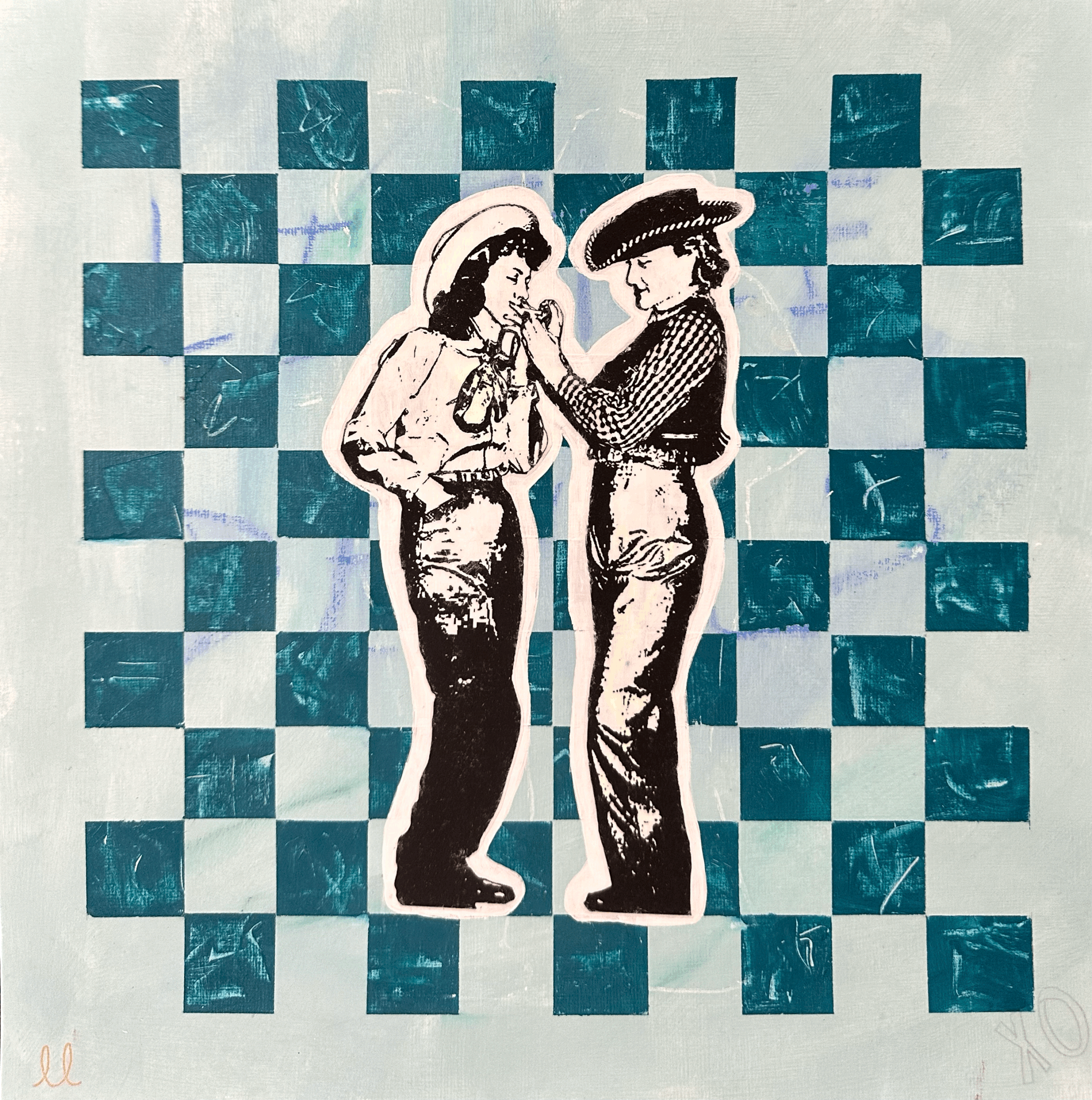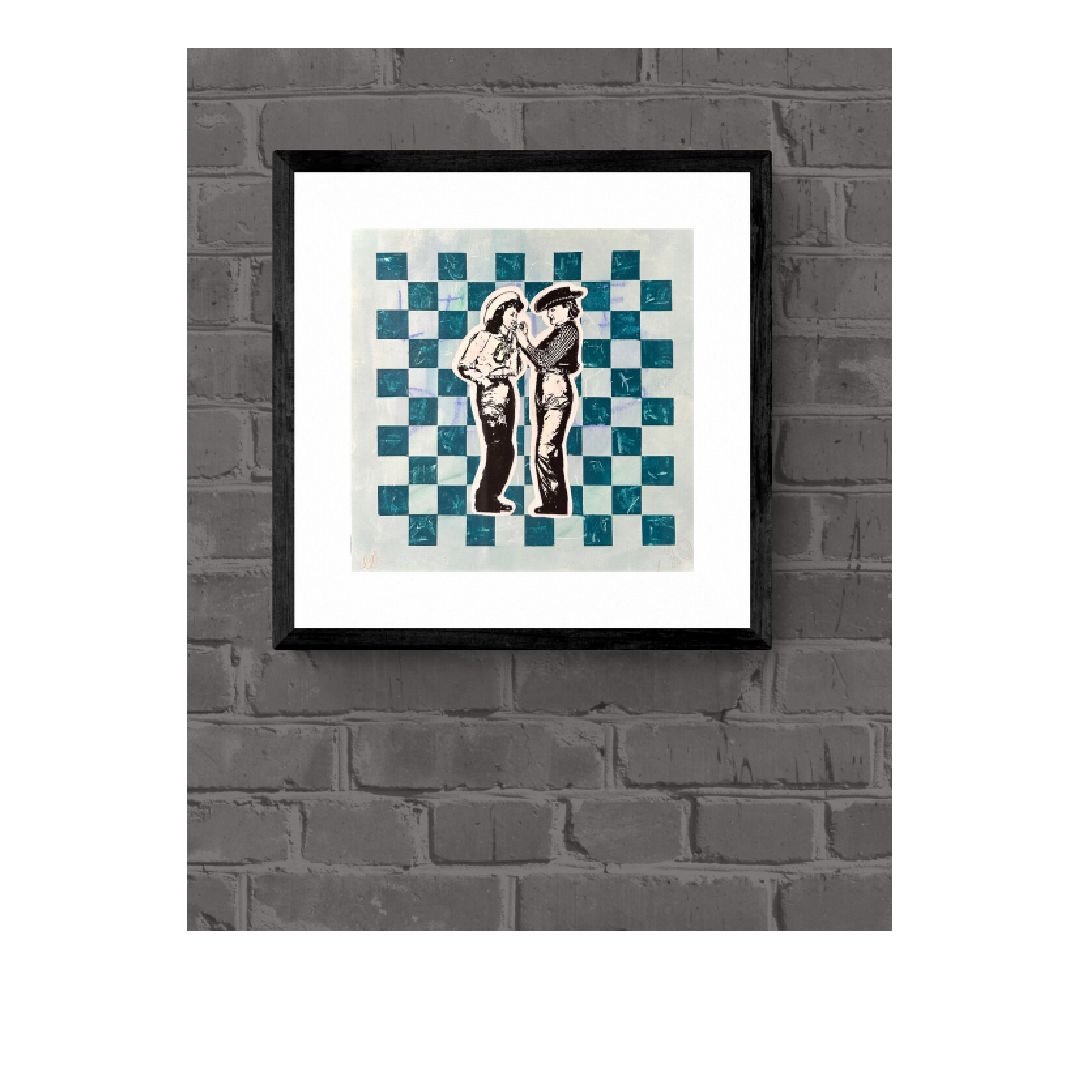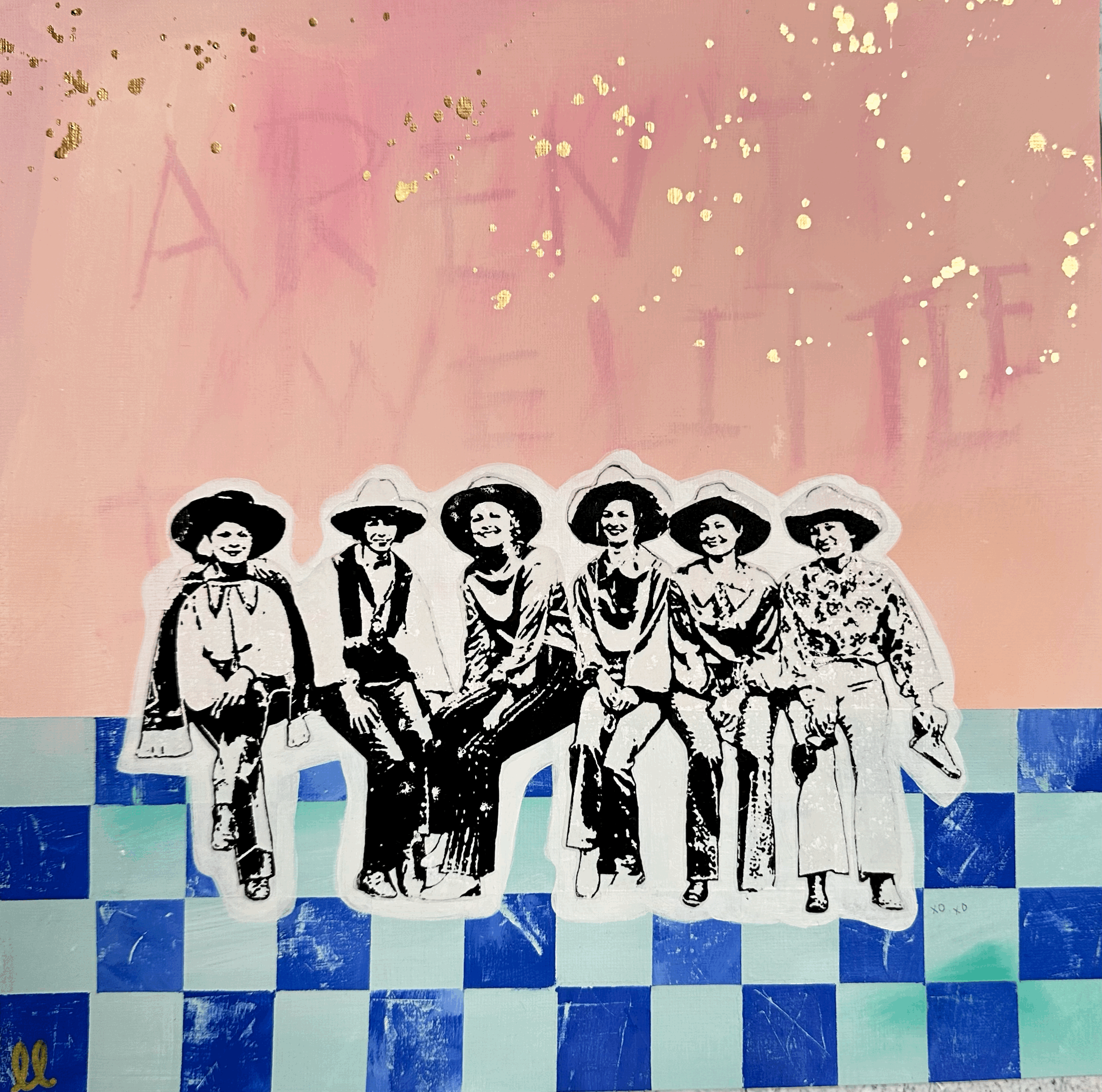 Image 1 of 1
Image 1 of 1


Diva of Queens: Cleopatra
Cleopatra, the iconic queen of Egypt, has been portrayed by a diverse array of actresses, each bringing a unique interpretation to the powerful and enigmatic figure. From the earliest cinematic depictions to modern portrayals, Cleopatra has remained a central figure in film, embodying both mystery and authority. Theda Bara's 1917 portrayal in the silent film Cleopatra set the stage, presenting her as a seductive and exotic figure that captured the imagination of early audiences. This image was further immortalized by Elizabeth Taylor’s legendary performance in the 1963 epic Cleopatra, where she brought a combination of glamour, strength, and vulnerability to the role, solidifying the queen as a cultural icon.
In the years since, actresses such as Claudette Colbert, who portrayed Cleopatra in the 1934 film Cleopatra, and more recently, Angelina Jolie, Viola Davis, and Gal Gadot, have reimagined the queen in ways that reflect shifting societal attitudes towards femininity, power, and leadership. Each of these portrayals has added layers to Cleopatra’s myth, exploring different aspects of her life, from her political acumen to her complex relationships with Roman leaders.
This exhibition delves into the evolving portrayals of Cleopatra in cinema, highlighting how each actress has contributed to shaping her legacy on screen. As the queen’s image has transformed over time, so too has our understanding of her, making Cleopatra not only a historical figure but a symbol of the enduring power of film to shape and reimagine history.
Actresses show left to right:
Elizabeth Taylor, Sophie Loren, Sarah Bernhardt, Theda Bara, Rhonda Fleming, Claudette Colbert, Vivien Leigh
Cleopatra, the iconic queen of Egypt, has been portrayed by a diverse array of actresses, each bringing a unique interpretation to the powerful and enigmatic figure. From the earliest cinematic depictions to modern portrayals, Cleopatra has remained a central figure in film, embodying both mystery and authority. Theda Bara's 1917 portrayal in the silent film Cleopatra set the stage, presenting her as a seductive and exotic figure that captured the imagination of early audiences. This image was further immortalized by Elizabeth Taylor’s legendary performance in the 1963 epic Cleopatra, where she brought a combination of glamour, strength, and vulnerability to the role, solidifying the queen as a cultural icon.
In the years since, actresses such as Claudette Colbert, who portrayed Cleopatra in the 1934 film Cleopatra, and more recently, Angelina Jolie, Viola Davis, and Gal Gadot, have reimagined the queen in ways that reflect shifting societal attitudes towards femininity, power, and leadership. Each of these portrayals has added layers to Cleopatra’s myth, exploring different aspects of her life, from her political acumen to her complex relationships with Roman leaders.
This exhibition delves into the evolving portrayals of Cleopatra in cinema, highlighting how each actress has contributed to shaping her legacy on screen. As the queen’s image has transformed over time, so too has our understanding of her, making Cleopatra not only a historical figure but a symbol of the enduring power of film to shape and reimagine history.
Actresses show left to right:
Elizabeth Taylor, Sophie Loren, Sarah Bernhardt, Theda Bara, Rhonda Fleming, Claudette Colbert, Vivien Leigh
Sold as entire collection [acrylic, paint marker]









